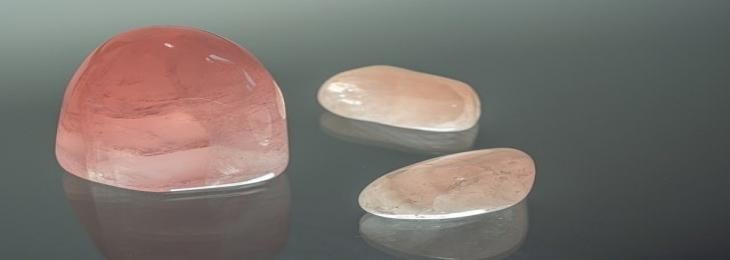
The quality of artificial gypsum was found to be comparable to, or even better than, that of the associated type of natural gypsum in some cases.
Gypsum is a naturally caused mineral that is primarily made up of calcium sulphate dehydrate and has been used in plaster, drywall, cement and other architectural materials. Researchers have developed a technique for producing artificial gypsum that would be much more energy effective than recycling organic gypsum. Gypsum extracted from the earth must typically be demolished into a powder for it to be used. This uses up a significant quantity of electricity. Furthermore, not all nations have an abundance of gypsum reserves to utilize. In search of a more environmentally friendly solution, an international consortium of research organizations turned to previous waste material as a reference substance.
More particularly they merged three major components that are water, sulphuric acid, which had managed to leave over from heat resistant fibers during production and limestone powder which is developed as a by-product in the making of limestone. After mixing and processing of these ingredients, an artificial form of gypsum was produced with a weight of at least 95% calcium sulphate dehydrate. Indeed, three alternative varieties have been developed of synthetic gypsum (or substances resembling gypsum) and that to in three different ways. The researchers were particularly inclined to develop architectural gypsum by boiling the components in a conventional gypsum boiler. It is primarily used as a fireproofing, sound absorbing, moisture retaining and heat resisting material.
The outcome was a high strength gypsum grade when the substance was deposited in an automoclave. When burned and then cooled the compounds, it generated a precursor of gypsum called anhydrite. The precursor is used together with gypsum in construction supplies as well as dry agents in varnish, plasters and paints. The artificial gypsum was discovered in all instances to match the performance of the appropriate natural gypsum or in some instances to outperform it. Its manufacturing, nonetheless, was less energy intensive and it managed to make use of waste material that otherwise would have been thrown away.






